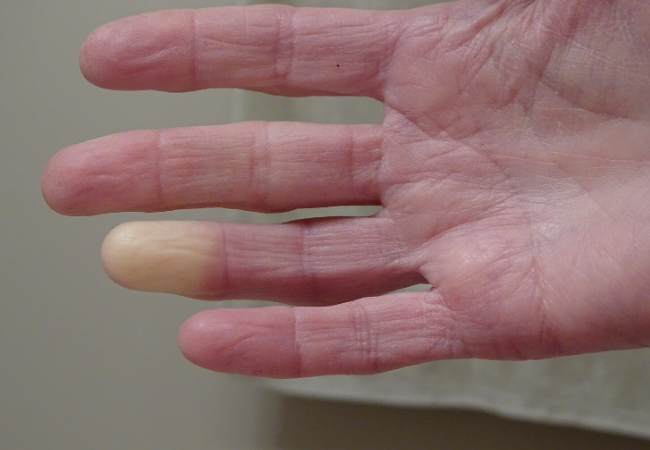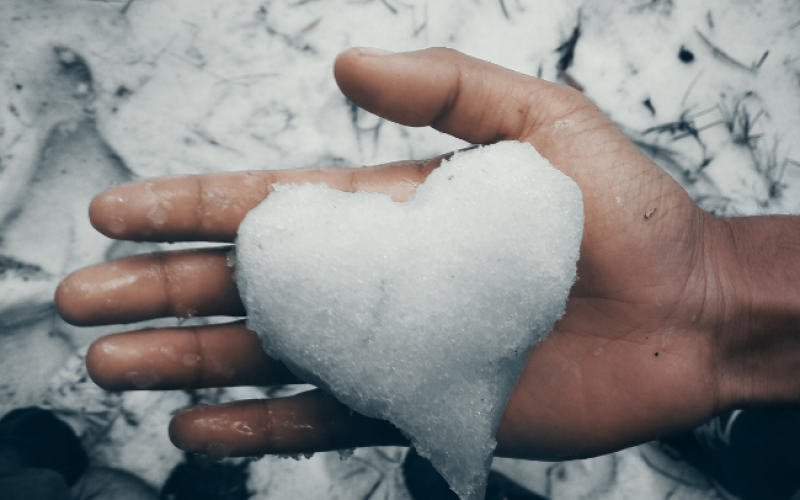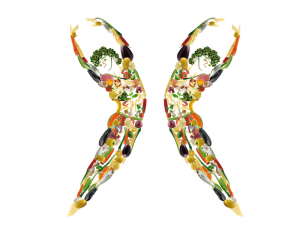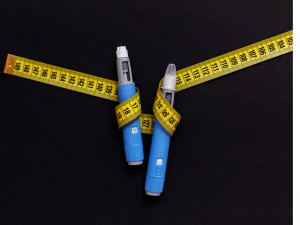Most of us will have experienced numbness or tingling in our fingers after getting a tub of ice cream out of the freezer or when it’s really cold outside. For most folks, this is a short-lived unpleasant experience.

Sadly, for some, this is a reoccurring problem that leads to uncomfortable and unpleasant sensations every time they are exposed to cold or stressful situations. The hands are most commonly involved, but other extremities such as the toes, and less frequently the nose, lips, ears, or nipples can also be affected.

Raynaud’s disease and Raynaud’s phenomenon, often just called Raynaud’s, are the names given when this becomes an ongoing problem. Like much of medicine, the condition was named after the doctor who first described it; Dr Maurice Raynaud, a French physician, noted back in 1862 a tricoloured skin change that occurred when blood vessels narrow or constrict, reducing blood supply to the extremities. First, the affected body part becomes paler, then turns bluish because of the reduced oxygen supply. Finally, it turns red as the blood returns to these areas.

Here’s the science bit
In Raynaud’s, the arteries go into vasospasm when exposed to cold or stress, narrowing vessels and temporarily limiting blood supply. Scientists and doctors don’t completely understand the cause of Raynaud’s attacks, but blood vessels in the hands and feet appear to become overreactive to chilly temperatures or stressful situations. Studies show that these small arteries can thicken slightly over time, which further limiting blood flow.
Signs and symptoms of Raynaud’s include:
- Cold fingers or toes
- Skin colour changes
- A numb, prickly feeling
- People commonly report a stinging pain as their hands and feet are warming up.
- In most cases, as the area become warm and circulation improves, the affected areas may turn red, throb, tingle, or swell. After warming up, it can take up to15 minutes for normal blood flow to return to the area.
Risk factors
- Being female
- More common in colder climates.
- Onset is usually between 15 and 30 years of age, although anyone can develop the condition.
- Family history appears to increase risk.
Cause and triggers
Exposure to cold, such as taking something from a freezer or being in chilly air are the common triggers.
For some people, emotional stress can set off an episode.
Types of Raynaud’s
There are two types
Primary Raynaud’s, which is often called Raynaud’s disease, is usually a mild condition that people can self-manage and rarely seek treatment for.
Secondary Raynaud’s results from an underlying problem also called Raynaud’s phenomenon; it’s less common and tends to be more severe than the Primary form. It usually appears around age 40.
Causes of secondary Raynaud’s include:
- Trauma and injuries including wrist fracture, surgery, or frostbite.
- Carpal tunnel syndrome.
- Connective tissue diseases such as Scleroderma is an autoimmune disease that literally means “hard skin.”
- Repetitive action or vibration, including typing, playing the piano, or operating vibrating tools.
- Smoking because it constricts blood vessels.
- Trauma and injuries including fractures, surgery, or frostbite.
- Medications that cause blood vessels to narrow
- Taking medications that affect the blood vessels
- Some condition increases the risk of Raynaud’s including
- Sjogren’s syndrome, lupus, and rheumatoid arthritis. Diseases of the arteries such as atherosclerosis or Buerger’s disease a condition that causes the blood vessels in the arms and legs to swell.

When to see a doctor
- A doctor should see all children with symptoms of Raynaud’s.
- You should also tell your doctor if attacks happen on only one side of your body.
- Your symptoms are very bad or getting worse.
- You have developed sores or ulcers on your fingers or toes, or if you have an infection.
- The symptoms of Raynaud’s are affecting your daily life.
- You also have joint pain, skin rashes, or muscle weakness.
- You’re over 30 and get symptoms of Raynaud’s for the first time.
Note: severe cases of Raynaud’s can lead to tissue death (gangrene)
Treatment
Treatment depends on the severity of symptoms and whether there other health conditions present. While it can affect the quality of life in most cases, Raynaud’s isn’t disabling.

Self-help
- Keeping extremities warm during cold weather and cold water exposure and finding ways to relax. Hand-warmer that can be put in pockets, mittens, or shoes can be really useful
- Wear gloves to take things out of a freezer
- Stimulants such as caffeine can make symptoms worse.
- Try to avoid a quick change in temperature, like putting your hands in cold water and air conditioning.
- Use insulated glasses when drinking cold or iced drinks. There are medications that can help improve circulation.
- Warm-up your car before driving in the winter, to wear gloves
Summary
Raynaud’s is a condition in which blood vessels spasm, causing episodes of reduced blood flow, usually affecting the fingers and toes. Cold temperatures, emotional stress, and smoking can trigger Raynaud’s attack. Turning fingers pale then blue, they feel cold and numb, then become red and tingly as blood flow returns.







